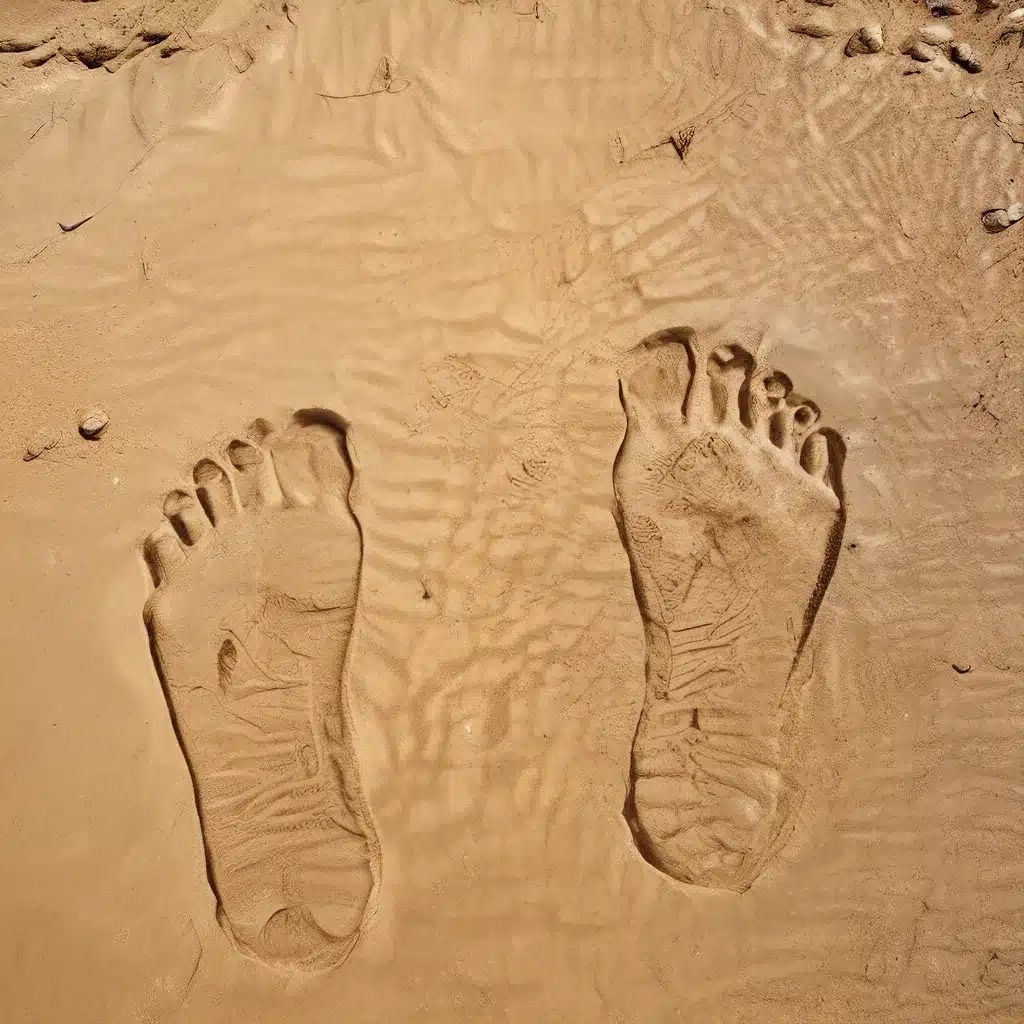
Rediscovering Lost Worlds: The Enduring Mysteries of the Anasazi
The Anasazi, also known as the “Ancestral Ones,” were a mysterious and sophisticated ancient civilization that once thrived in the American Southwest. For centuries, their remarkable architectural achievements, intricate rock art, and sudden disappearance have captivated the imaginations of archaeologists, historians, and the general public alike.
Across the arid landscapes of the Four Corners region, where the borders of Utah, Colorado, New Mexico, and Arizona converge, remnants of the Anasazi’s once-sprawling civilization lie hidden, waiting to be rediscovered. These forgotten footprints have long been the subject of intense academic and public interest, as researchers strive to unravel the enigmatic story of this ancient people.
Recent archaeological explorations have unearthed remarkable insights into the daily lives, cultural practices, and ultimate fate of the Anasazi. From towering cliff dwellings perched atop sheer canyon walls to intricate rock art panels etched into the desert varnish, each new discovery sheds further light on this captivating civilization.
The Enduring Mystery of the Anasazi Disappearance
One of the most intriguing aspects of the Anasazi legacy is the sudden and unexplained disappearance of their population, which occurred around the late 13th century. This abrupt exodus has led to countless theories and speculation, with researchers grappling to understand the factors that may have contributed to the downfall of this once-thriving society.
Environmental factors, such as prolonged drought, deforestation, and resource depletion, have long been proposed as potential triggers for the Anasazi’s abandonment of their settlements. However, recent evidence suggests that the story may be more complex, with social and political upheaval also playing a significant role.
Researchers have discovered that the Anasazi’s sophisticated irrigation systems and agricultural practices allowed them to thrive in the harsh desert environment for centuries. Yet, as population growth and the demands on resources increased, tensions may have arisen within the society, leading to conflict and, ultimately, the dispersal of the Anasazi people.
Uncovering the Anasazi Legacy: Archaeological Discoveries and Emerging Theories
The archaeological record of the Anasazi civilization is a treasure trove of information, providing invaluable insights into their daily lives, cultural practices, and technological advancements. From the well-preserved cliff dwellings of Mesa Verde to the intricate rock art panels found throughout the region, each discovery offers a glimpse into the Anasazi’s remarkable achievements.
One of the most significant archaeological finds in recent years is the “Lost City of the Lukachukais,” a massive Anasazi cliff city that had eluded documentation for centuries. A group of intrepid explorers braved the rugged terrain and treacherous moki trails to uncover this forgotten site, revealing a wealth of well-preserved artifacts, including pottery shards, tools, and even human remains.
The discovery of the Lost City has not only expanded our understanding of the Anasazi’s architectural prowess but has also shed light on their cultural practices and spiritual beliefs. The presence of kivas, or ceremonial underground chambers, and the reverence paid to the “Ancestral Enemy” (the Navajo term for the Anasazi) suggest a complex and nuanced worldview that is only now being fully appreciated.
Exploring the Anasazi’s Legacy: Implications for Understanding Ancient Civilizations
The Anasazi civilization stands as a testament to the resilience and ingenuity of the human spirit, as these ancient people managed to thrive in the harsh desert environment of the American Southwest. Their architectural and engineering feats, from the intricate irrigation systems to the breathtaking cliff dwellings, continue to inspire awe and wonder in modern-day observers.
Beyond the physical remnants of their civilization, the Anasazi’s cultural legacy holds profound significance for our understanding of ancient societies. The sudden and unexplained disappearance of the Anasazi people has led to a deeper appreciation for the complex interplay of environmental, social, and political factors that can contribute to the downfall of even the most sophisticated civilizations.
As researchers continue to uncover new archaeological and historical evidence, the story of the Anasazi people becomes increasingly nuanced and multifaceted. Their resilience, innovation, and mysterious fate serve as a poignant reminder of the enduring human need to explore, understand, and preserve the traces of our shared past.
Uncovering the Past, Shaping the Future: The Significance of Anasazi Discoveries
The ongoing exploration and study of the Anasazi civilization have far-reaching implications for our understanding of the human experience throughout history. By delving into the forgotten footprints of this ancient people, researchers and enthusiasts alike gain valuable insights into the resilience, adaptability, and ingenuity of human societies in the face of adversity.
The archaeological and historical discoveries made at sites like the Lost City of the Lukachukais serve as a powerful reminder that there are still blank spots on the map, waiting to be uncovered and explored. This sense of discovery and the thrill of unearthing new knowledge about our shared past has the potential to inspire future generations of archaeologists, historians, and adventurers to continue the search for the hidden treasures of our world.
Moreover, the study of the Anasazi and other ancient civilizations can provide crucial lessons for addressing the environmental and social challenges faced by modern societies. By understanding how past cultures adapted to changing conditions and navigated complex sociopolitical landscapes, we can potentially glean insights into developing more sustainable and resilient ways of living on our planet.
As we continue to uncover the forgotten footprints of the Anasazi and other ancient civilizations, we are not merely satisfying our curiosity about the past but also shaping our understanding of the present and envisioning the future. The legacy of the Anasazi, and the countless other hidden histories that remain to be discovered, holds the power to inspire us, challenge our assumptions, and ultimately, transform the way we perceive and engage with the world around us.


